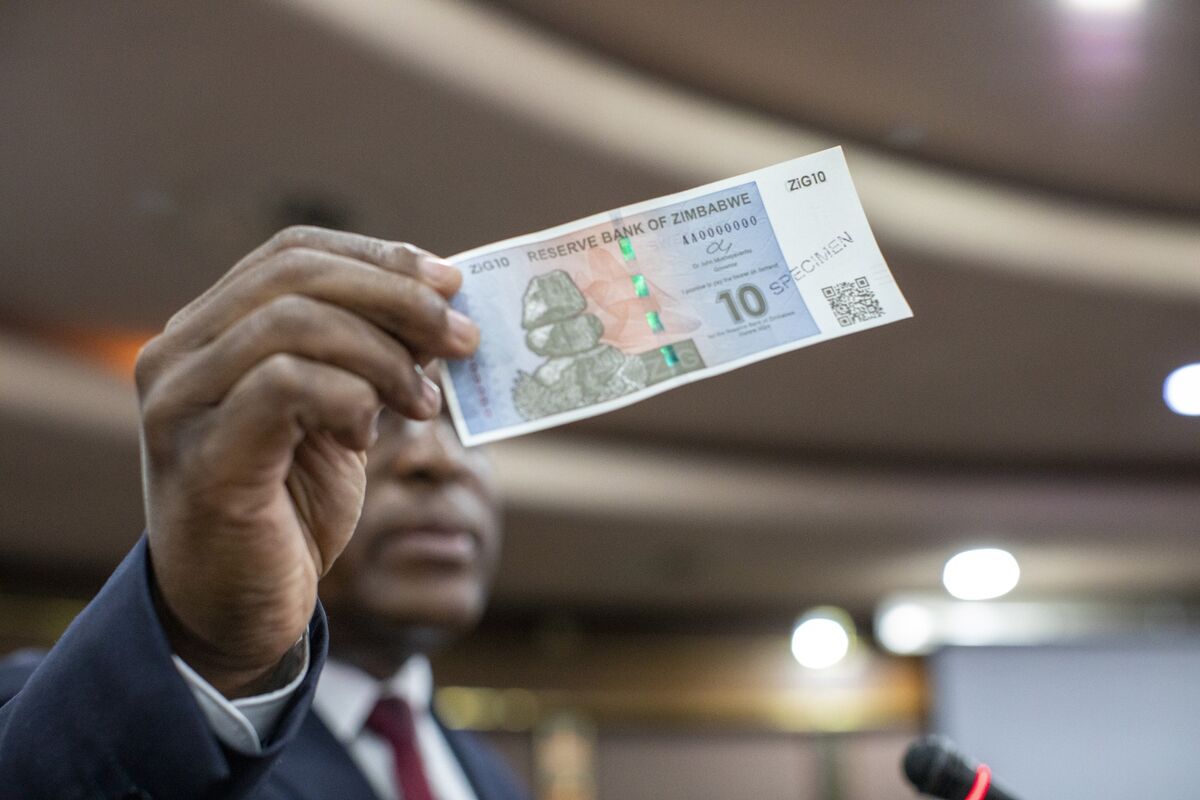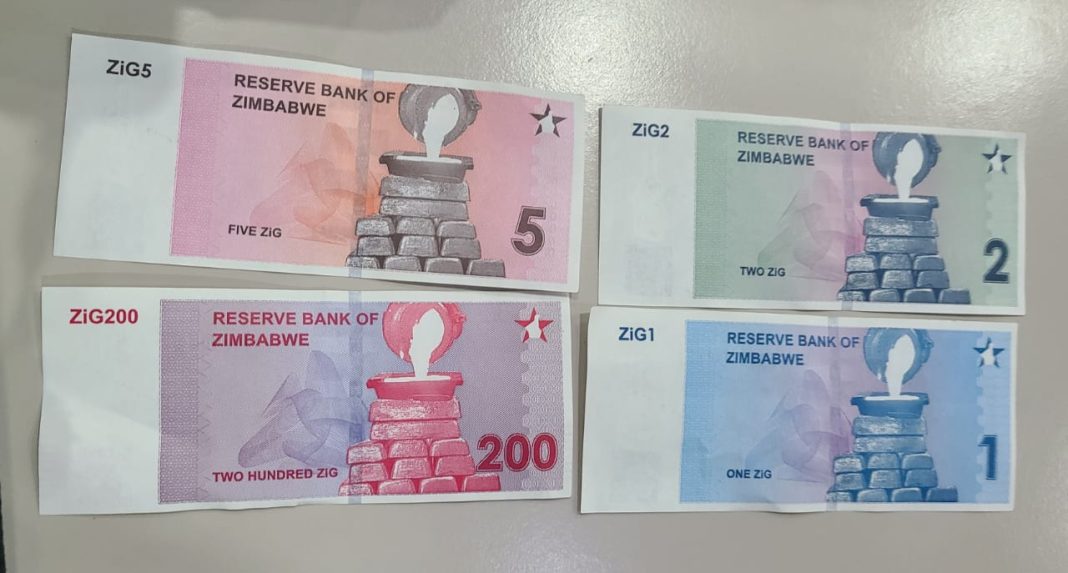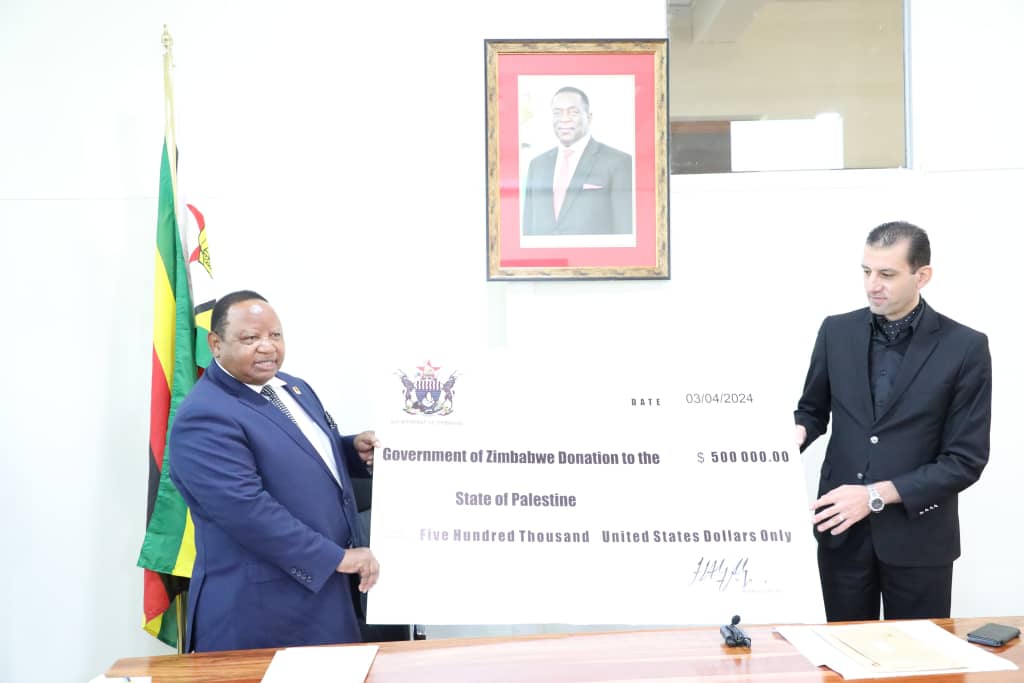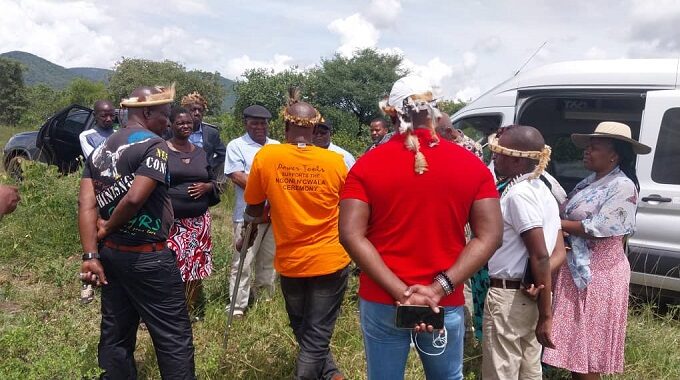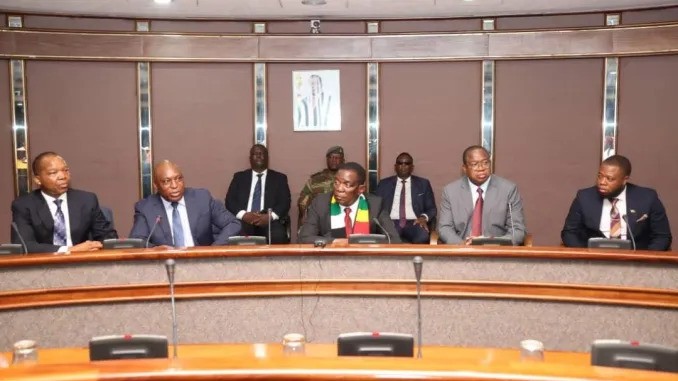IN SUMMARY
Main players
- Goodwills Masimirembwa was the chairperson of ZMDC, the government arm tasked with overall diamond production as well as the establishment of mergers, and which had 50 per cent ownership in most of the mining firms. Mr Masimirembwa has been following Mr Mpofu wherever he goes.
- Prior to his ZMDC appointment, he was the chairperson of a pricing commission that fell under the Ministry of Industry and Trade that Mr Mpofu headed.
- When Mr Mpofu was moved to the transport portfolio, Mr Masimiremembwa resurfaced as the chair of CMED, a government parastatal under the ministry, but he was fired when Mr Mpofu was last year moved to Ministry of Macro-Economic Planning and Investment.
- President Mugabe in 2014 publicly accused Mr Masimirembwa of soliciting for $10 million bribe from would-be diamond investors but the President later retracted his own accusation.
Zimbabwean President Robert Mugabe got the world talking in early March this year, when he used his traditional birthday interview with state television to reveal that his country had produced diamonds worth more than $15 billion over six years, yet only about $2 billion had been accounted for.
He dumped this stinking carcass at the doorstep of the eight mining companies that had been operating in the sprawling diamond fields of rural Marange in eastern Zimbabwe and claimed he had no clue how the leakages happened.
hat way, President Mugabe, who has been in power for 36 years, skirted, quite conveniently, the role played by the ruling elite in the leakages.
The story goes that diamonds were discovered in Marange in 2006. Thousands of illegal miners swamped the area and fed local and international underground syndicates with the gems until 2008 when the government sent in soldiers to violently flush out the gem miners.
This paved the way for commercial production, commenced on a low note in 2009. By 2015, eight companies were extracting the diamonds, with most of them in joint ventures with the government.
Diamond trail
The discovery of diamonds in the area dates far earlier than the gem rush in 2006, though. De Beers, the world’s largest diamond company, held an exclusive prospecting order (EPO) over Marange from the early 1980s via a subsidiary, Kimberly Searches Ltd.
This order expired in 2006 and the British-registered African Consolidated Resources (ACR) took over the exploration rights. ACR challenged the government’s subsequent takeover of the mining rights and initially won through a High Court order but the same court reversed its decision in September 2010.
The Parliamentary Committee on Mining, headed by Edward Chindori-Chininga, the late legislator from the ruling Zanu (PF), estimated in a June 2013 report that Zimbabwe had the capacity to supply 25 per cent of the global market from Marange and a couple of mines elsewhere.
However, there were repeated concerns expossed by civil society, opposition politicians, international watchdogs and some government officials that not much was coming out of the gem fields amid widespread reports that the diamonds were being systematically smuggled out of the country to various destinations.
By 2014, alluvial diamond deposits were running ultra-thin, meaning that extraction had to go deeper in search of conglomerates, but the mining companies were ill-prepared for the tech-intensive development. Late last year, the government expressed dismay at the “mysterious” losses of diamonds.
It announced that it would be disbanding the mining companies so as to form a consolidated outfit that it is now spearheading.
Sudden riches
Zimbabwe thus has nothing to show for six years of the multibillion dollar commercial diamond mining that attracted mostly negative international attention for human-rights abuses at the gem fields and a looting frenzy by Mafia-type syndicates.
The signature of the ruling elite looms large in the leakages.-Africa Review



